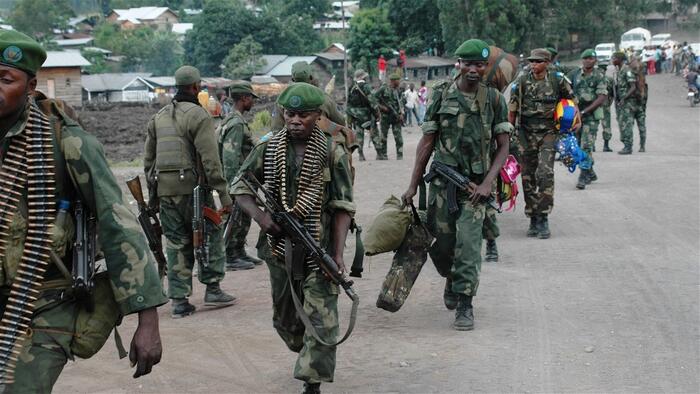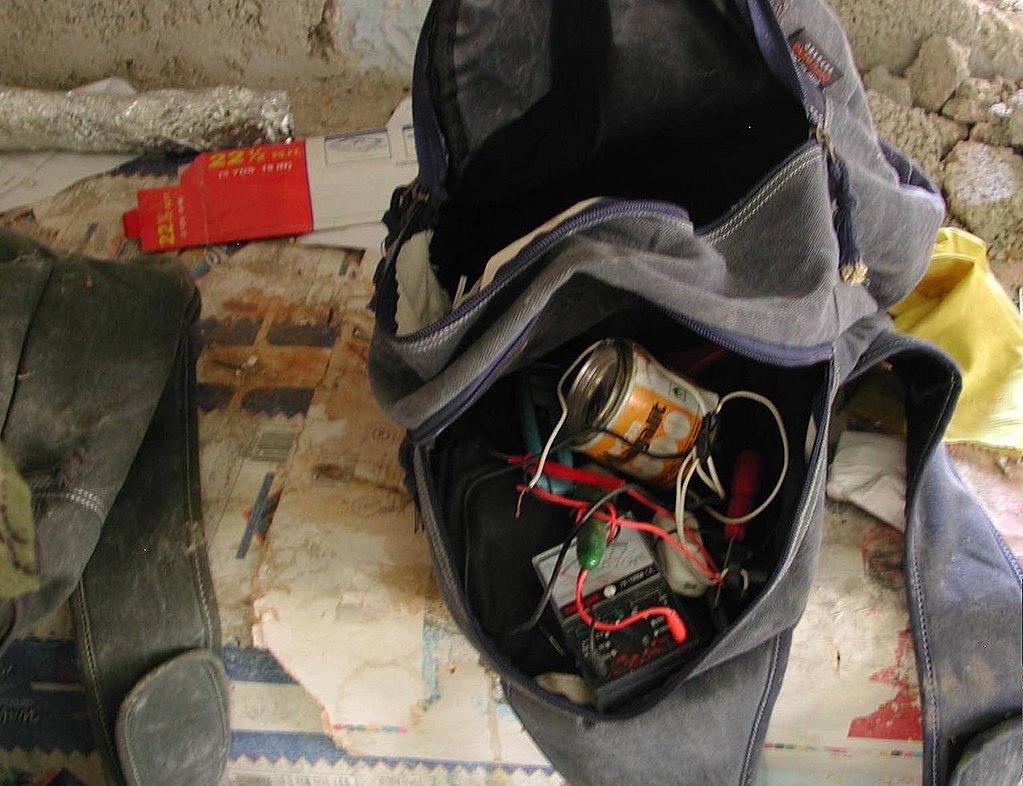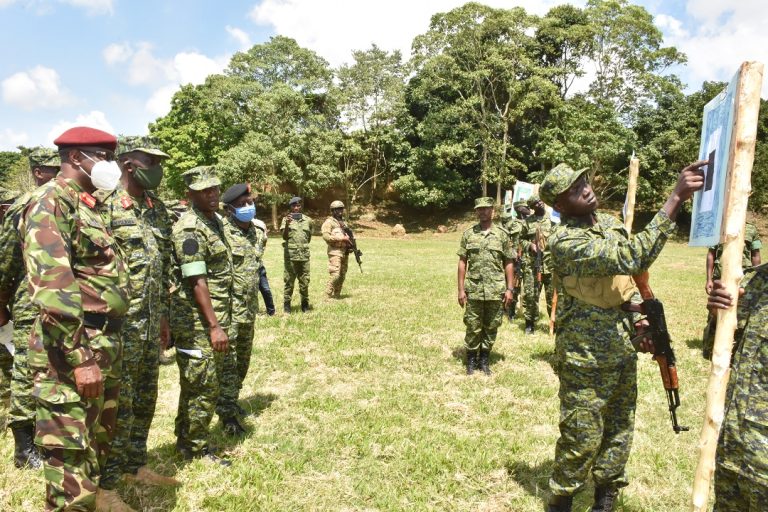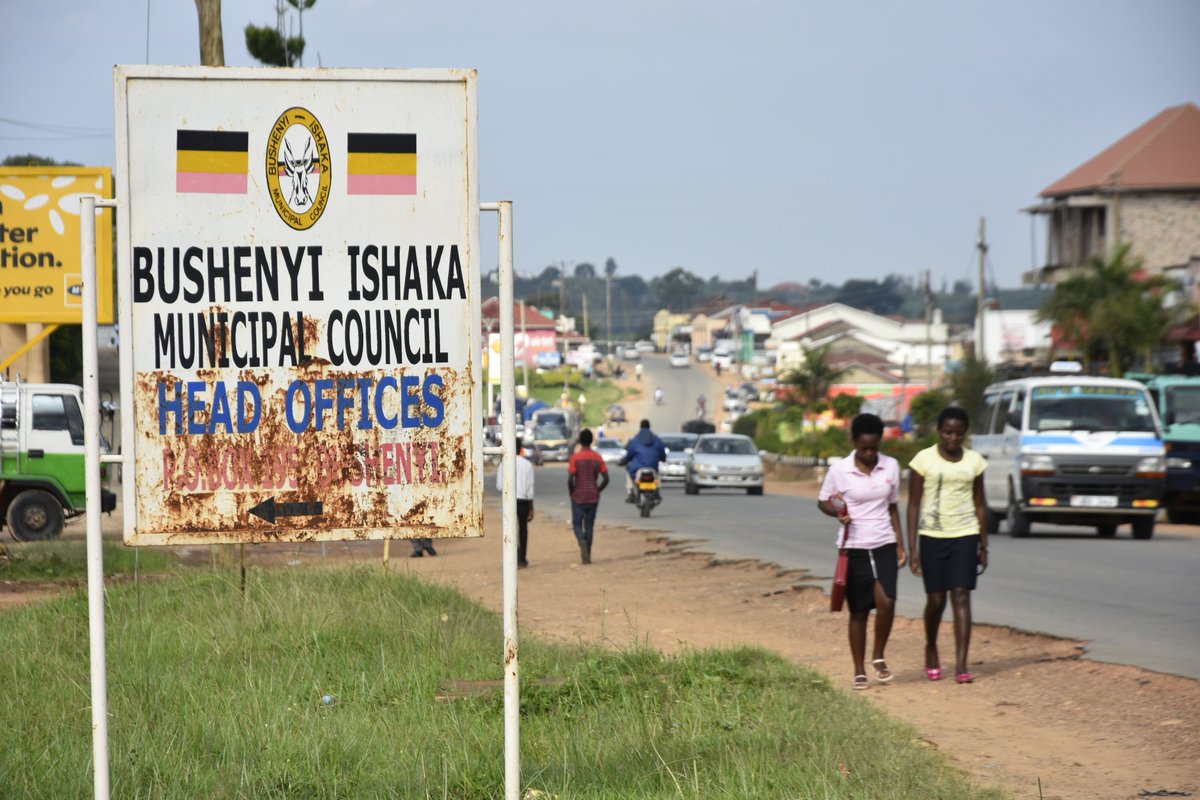Uganda is grappling with a renewed menace from the Allied Democratic Forces (ADF) terrorist group, more than a year after launching a joint operation with the Democratic Republic of Congo (DRC) to pursue the group in the eastern region.
Recent incidents reveal that ADF rebels attempted to infiltrate Uganda from the DRC, signaling a three-front threat to the country. The militants have regrouped within Uganda, planning attacks involving explosives and carrying out raids on villages and police stations, resulting in civilian casualties, officer deaths, and the loss of 16 firearms.
A report by the monitoring group of experts on DRC, presented to the UN Security Council on December 16, outlines that the joint military operation, named Operation Shujaa, conducted by the Uganda Peoples Defence Forces (UPDF) and the FARDC forces, has not achieved the anticipated outcome of defeating or substantially weakening the ADF.
Despite the destruction of some camps and arrests, the ADF’s leadership remains intact, and the terrorist group has returned to its traditional strongholds, including areas near UPDF bases in the DRC along the Uganda border, where a buffer zone was attempted.
On December 13, approximately 40 ADF fighters crossed the Semliki River, attacking villages in Bweramule sub-county, Ntoroko District, bordering the DRC. The UPDF successfully repelled the attack, killing 17 and capturing 15, while others reportedly drowned in the river during escape attempts. Three civilians lost their lives in the crossfire.
Security analysts posit that ADF terrorist cells are reactivating, with fighters returning to Uganda after their camps in eastern Congo were destroyed by UPDF aerial and artillery bombardments, along with Operation Shujaa.




















